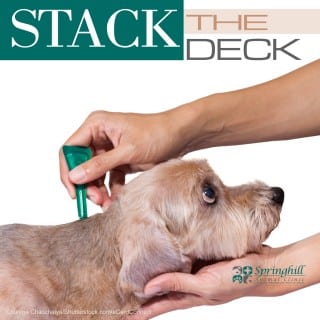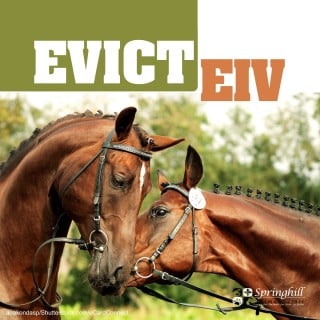Heel horn erosion, also known as slurry heel, is a relatively common affliction of cattle that is often found in dairy herds and is more prevalent in housed herds than pastured ones. When affected by slurry heel, the heel horn becomes eroded due to extended contact with slurry. While relatively benign at its earliest form, slurry heel can progress from slight pitting and discoloration of the heel horn to complete erosion if left untreated. An eroded heel horn leaves the cow susceptible to secondary complications such as sole ulcers, digital dermatitis and white line defects. In fact, many of these are so often seen with heel horn erosion that it is difficult to determine where the issues from each begin and end. As slurry heel progresses, erosion alters the balance of the foot, affects the cow’s gait and diminishes the shock absorption capabilities of the heel horn.
Treatment for heel horn erosion is limited, as most corrective measures run the risk of creating a bigger problem. The most common treatment is to trim both heels to the same height which, depending on the stage to which the slurry heel has progressed, may or may not be a viable option. Prevention is the best course of action. Since there is no single cause of heel horn erosion, even though erosion through extended contact with slurry seems the most probable, accounting for several of the possible causes will best protect your herd. Reducing slurry exposure and paying close attention to hygiene are essential. If you house your herd, make sure the environment is clean and dry and follow good husbandry practices to keep it in as good condition as possible. Provide regular chemical footbaths–weekly, unless we instruct otherwise–to help control the pathogens that cause heel horn erosion. Trim claws twice yearly or as needed to remove pitted and damaged areas where infection could become trapped and consider adding lime, which acts as both a drying agent and disinfectant, to cubicles.



